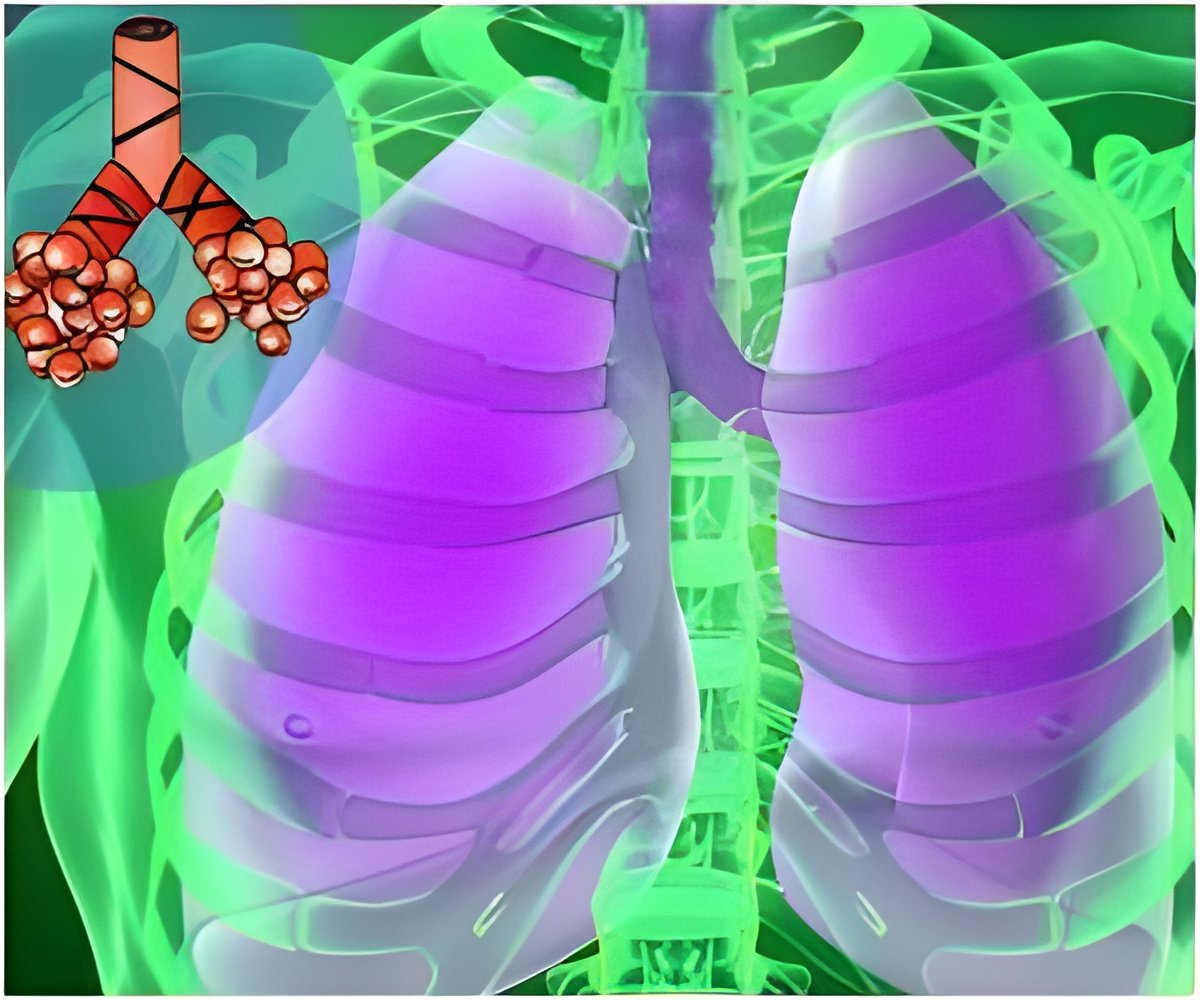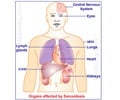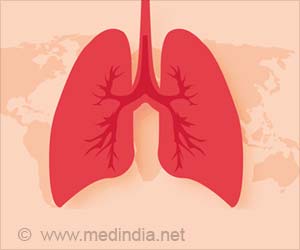The role of PKC in airway smooth muscle contraction and raises the possibility that this enzyme could be a therapeutic target for treating lung diseases examined by new research.

The researchers used phase-contrast video microscopy, confocal microscopy, Western blot analysis, and pharmacological activators and inhibitors to investigate the role of PKC in airway SMC contraction in mouse lung slices. Their results suggest that activation of PKC in small airways promotes an influx of calcium into SMC and subsequent intracellular release of calcium ions to generate low frequency SMC twitching. PKC activation also induces a strong calcium ion sensitization of contraction, eliciting a stronger contractile response to stimuli that increase free intracellular calcium. Consequently, PKC activation downstream of various molecules, such as thrombin, that are present in the airways in conjunction with inflammatory lung diseases, could sensitize the airway SMCs to contractile stimuli and contribute to the airway hyper responsiveness that is characteristic of asthma and COPD.
Source-Eurekalert












